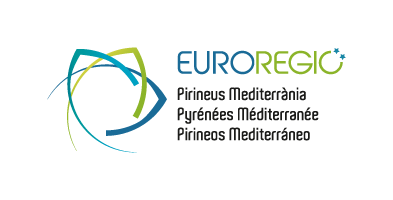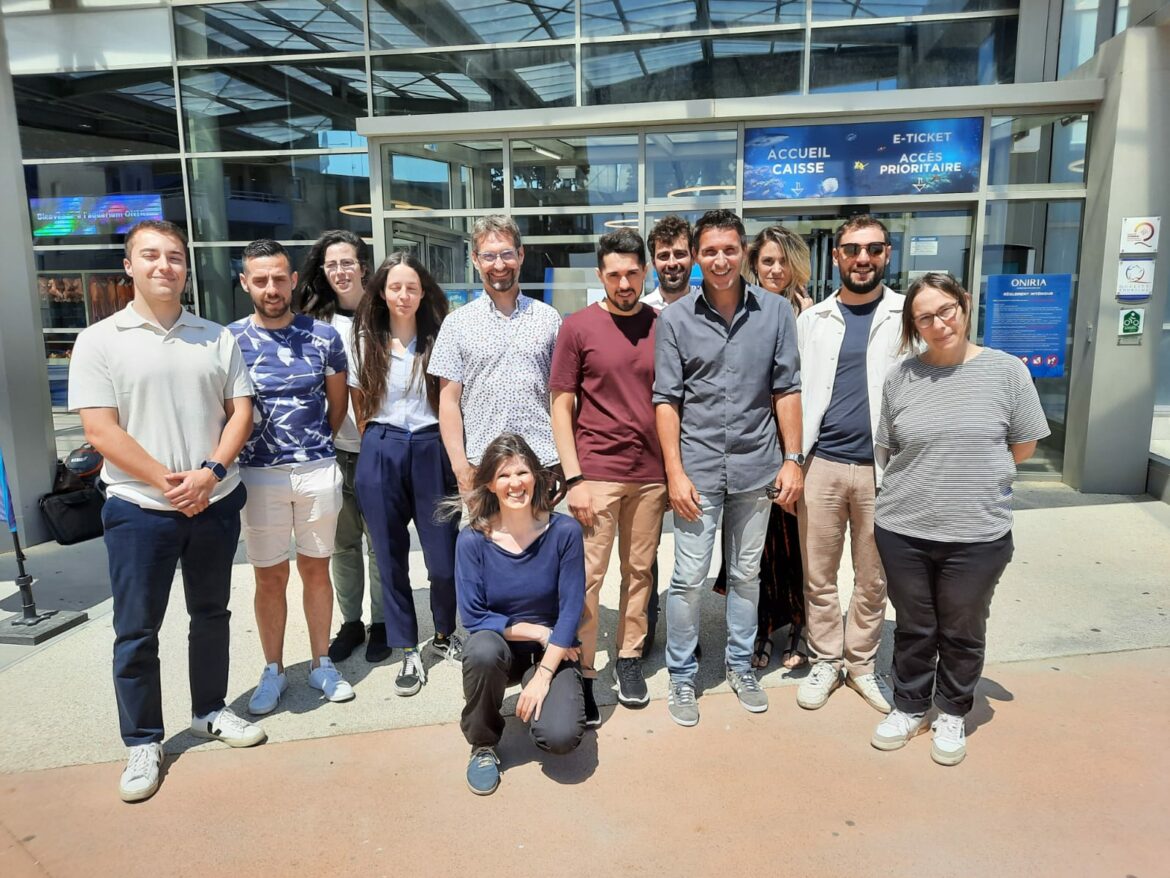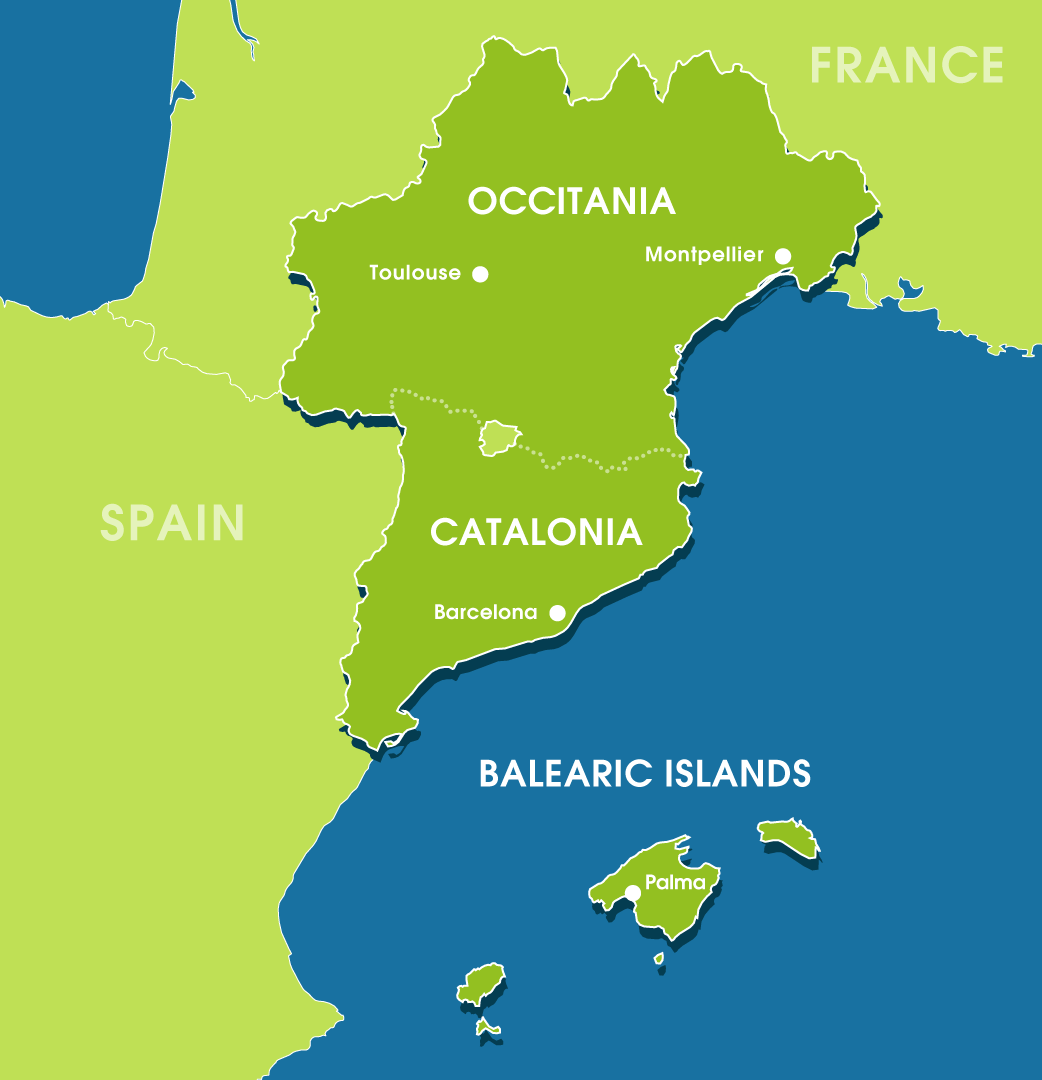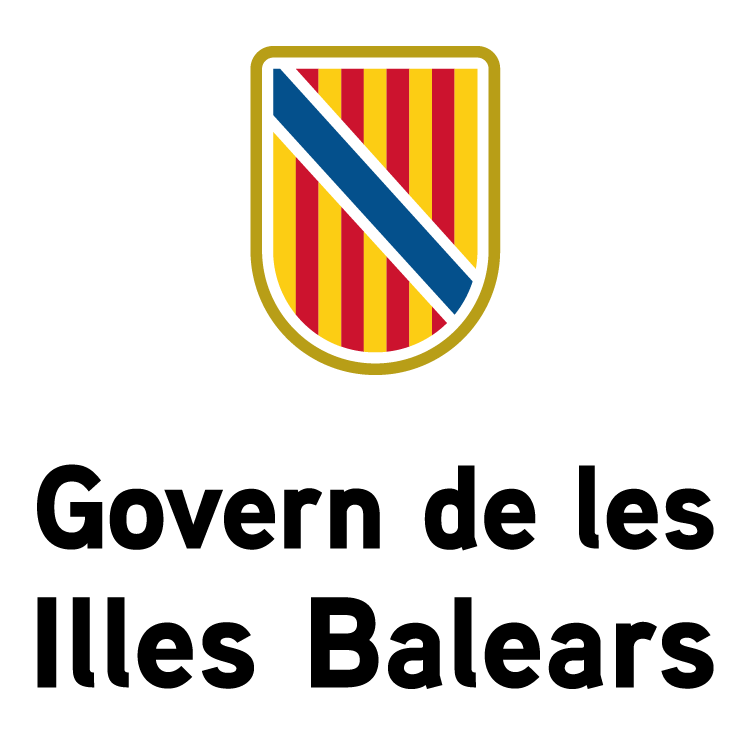On 7 November 2024, the Euroregion Pyrenees-Mediterranean celebrated its 20th anniversary at Palau de Pedralbes in Barcelona.
Many stakeholders were present, including representatives of European institutions, civil society and other Euroregions, as well as members of our Euroregional Youth Assembly.
This event was an opportunity to take stock of the actions carried out over the last two decades and to reflect on their impact on the three territories that make up the Euroregion.
The Euroregion Pyrenees Mediterranean, founded on 29 October 2004, is a cooperative political organisation involving the Government of Catalonia, the Government of the Balearic Islands and the Région Occitanie. It became a European Grouping of Territorial Cooperation (EGTC) in 2009, and therefore since then has been recognised as an interregional cooperation institution of European scope.
The Euroregion Pyrenees Mediterranean had approximately 15 million inhabitants in 2019 (greater than 19 of the 27 countries of the European Union), in a territory of 110,000 km2 (more extensive than 16 of them).
Its GDP is over €440,000 million (2019), i.e. equivalent to Austria’s.
It has 700,000 students, professors and researchers, and has mobilised €1,100 million of the European funds in the framework of the H2020 programme (until 2019).
A highly innovative territory, it has first-rate European and international research infrastructures, such as the European Marine Biological Resource Centre, ESA, the ALBA synchrotron, the MareNostrum supercomputer, the ITER Coordination Centre, and the Coast Observation System of the Balearic Islands.
The Euroregion encompasses a territory with over 35 natural, land, marine and coastal areas and a significant Natura2000 network, with 30% of the territory in the Balearic Islands, 25% in Catalonia, and 18% in Occitanie in terms of land areas.
The Euroregion is based in Perpignan, Région Occitanie, France.











